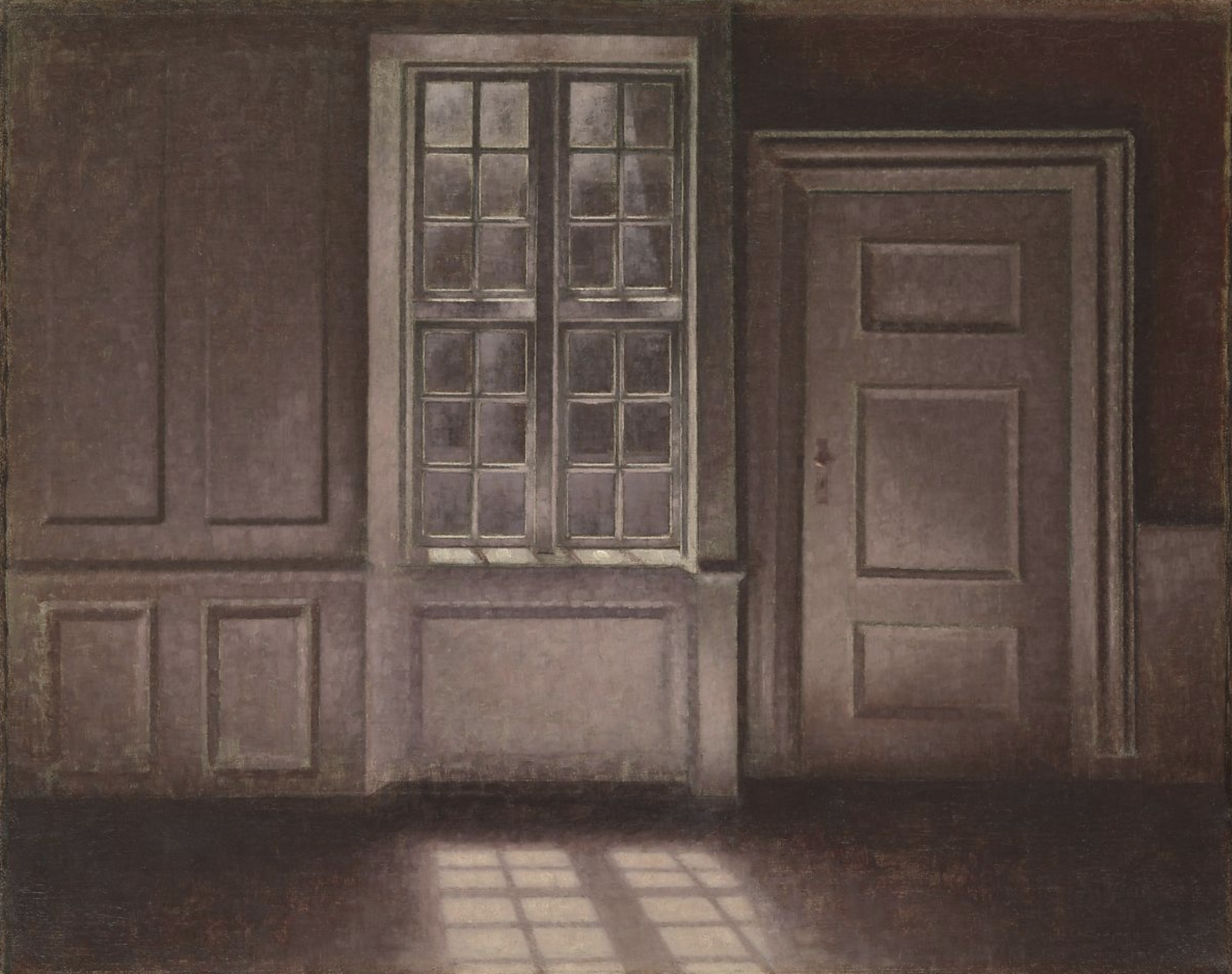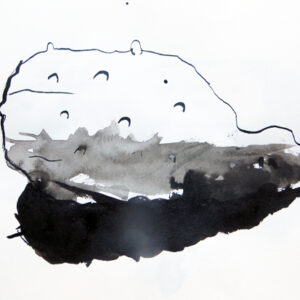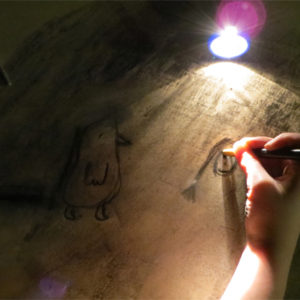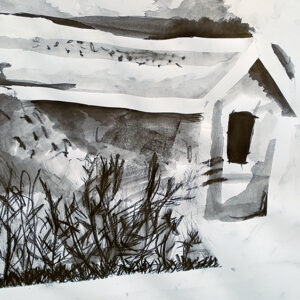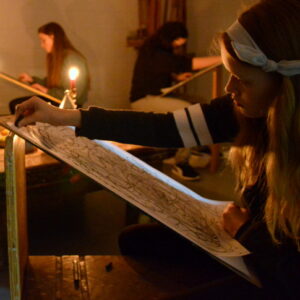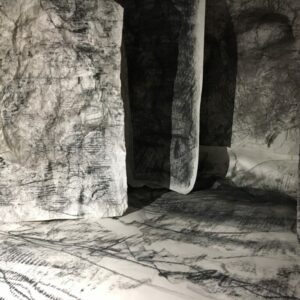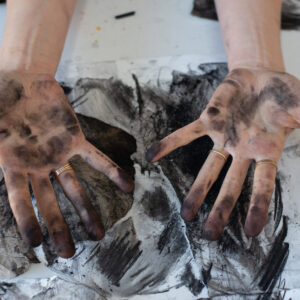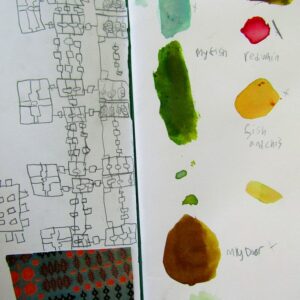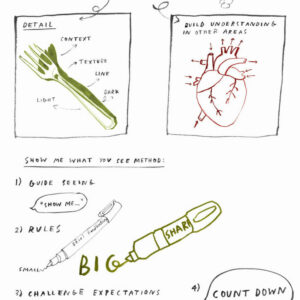Talking Points: What is Chiaroscuro?
Text and images to help you explore the idea of Chiaroscuro (light and dark) in art.
Please note that this page contains links to external websites and has videos from external websites embedded. At the time of creating, AccessArt checked all links to ensure content is appropriate for teachers to access. However external websites and videos are updated and that is beyond our control.
Please let us know if you find a 404 link, or if you feel content is no longer appropriate.
We strongly recommend as part of good teaching practice that teachers watch all videos and visit all websites before sharing with a class. On occasion there may be elements of a video you would prefer not to show to your class and it is the teacher’s responsibility to ensure content is appropriate. Many thanks.
*If you are having issues viewing videos it may be due to your schools firewall or your cookie selection. Please check with your IT department.*
This resource is free to access and is not a part of AccessArt membership.





What is Chiaroscuro?
Chiaroscuro is an Italian term which literally means ‘light-dark’. Artists have used it for centuries to help them describe form, and to create atmosphere or mood.
To appreciate that the artist is using the chiaroscuro technique, squint at the artwork. Half close your eyes and notice how you can now see the light and the dark, but not the mid tones. You can also use this technique to help you see light and dark when looking at a still life, landscape or interior which you are about to draw.
Find more information on Google Arts and Culture.
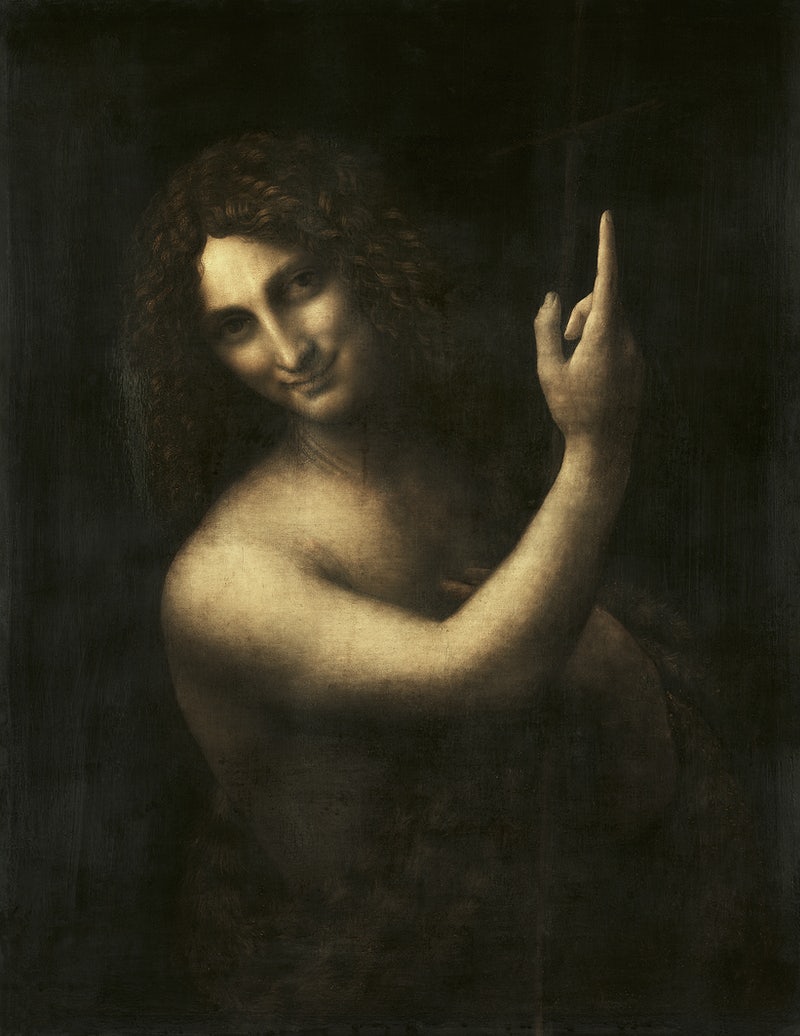
Leonardo da Vinci‘s Saint John the Baptist (1513-1516)
Art UK: The Superpower of Looking explores Joseph Wright of Derby’s An Experiment on a Bird in the Air Pump
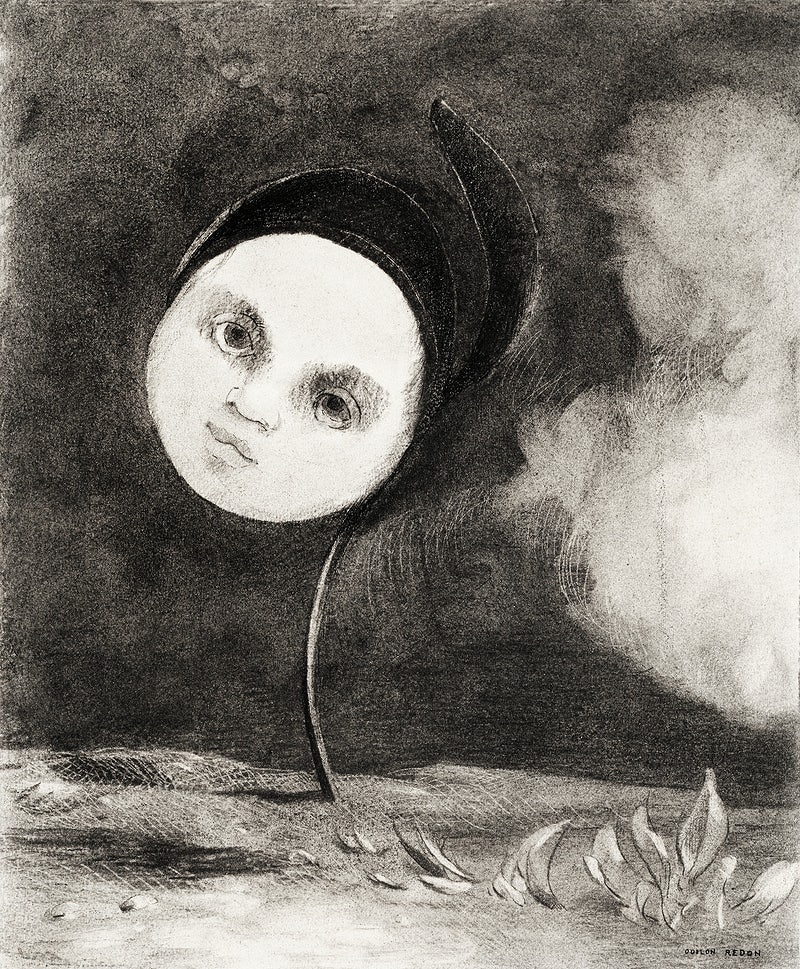
Strange Flower (Little Sister of the Poor) (1880) by Odilon Redon. Original from the Art Institute of Chicago
